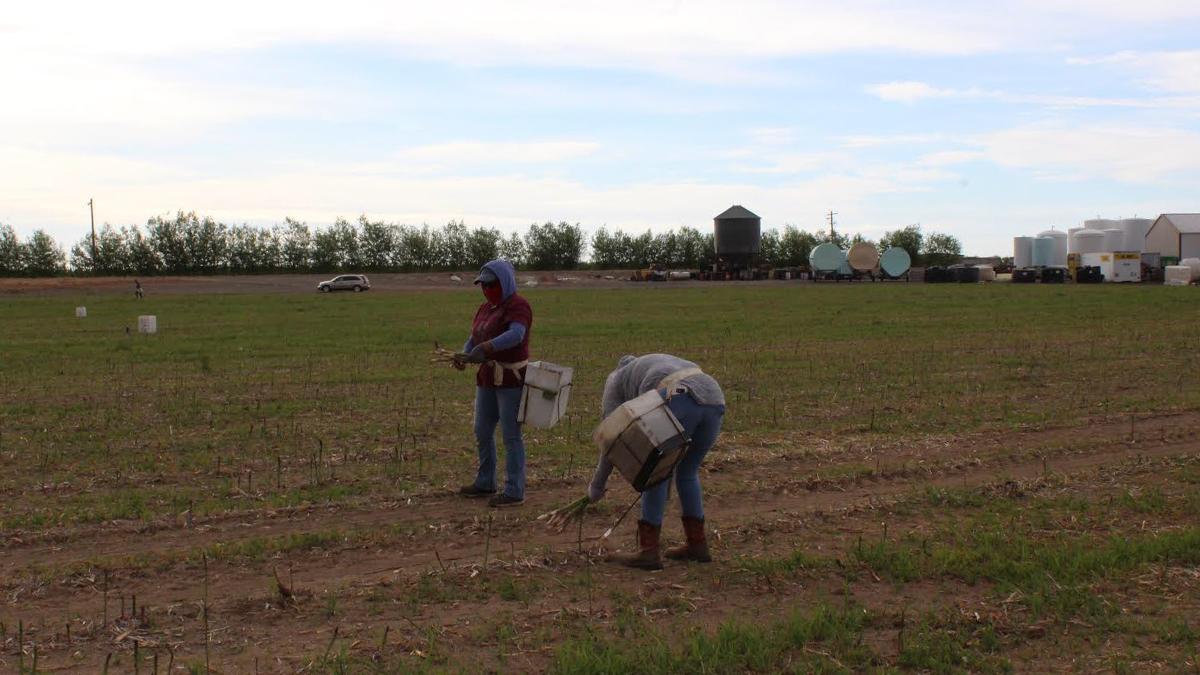
Agriculture faces unique challenges for preventing and controlling the spread of COVID-19 because of the structure of the worksites, and shared worker housing and transportation. PNASH has compiled guidance and resources from state and federal authorities to help keep agricultural employers and workers safe and informed.See below for new guidance and resources from state and federal authorities to help improve workplace safety and meet requirements for your region.
This week, the Centers for Disease Control (CDC) released specific guidance today for agricultural workers and employers to assist in preventing the spread of COVID-19. This guidance resulted from a collaboration between the National Institute for Occupational Safety and Health (NIOSH), the eleven NIOSH Agriculture Centers, the CDC, OSHA, the Food and Drug Administration (FDA), the U.S. Department of Agriculture (USDA), the Environmental Protection Agency, and other agriculture industry stakeholders. Read More about CDC Guidance
Key points expressed by the CDC guidance
- Management in the agriculture industry should conduct worksite assessments to identify COVID-19 risks and infection prevention strategies to protect workers.
- Worksite guidance for COVID-19 prevention and control should be taken into consideration in employer-furnished shared worker housing, transportation vehicles, and work settings.
- Prevention practices should follow the hierarchy of controls, which includes using source control and a combination of engineering controls, administrative controls (especially proper sanitation, cleaning, and disinfection), and personal protective equipment.
- Grouping workers together into cohorts may reduce the spread of COVID-19 transmission in the workplace by minimizing the number of different individuals who come into close contact with each other over the course of a week, and may also reduce the number of workers quarantined because of exposure to the virus.
- Employers should maximize opportunities to place farmworkers residing together in the same vehicles for transportation and in the same cohorts to limit exposure.
- Basic information and training about infection prevention should be provided to all farmworkers in languages they can understand.
- Agriculture work sites developing plans for continuing operations where COVID-19 is spreading among workers or in the surrounding community should work directly with appropriate state and local public health officials and occupational safety and health professionals.
Agricultural Employers COVID-19 Checklist
To prevent and slow the spread of COVID-19, farm owners/operators should develop a COVID-19 assessment and control plan. Use this checklist, based on the CDC and the U.S. Department of Labor, to ensure your assessment and control plan includes necessary components.
Washington State Resources for COVID-19
The WA Department of Labor and Industries released new resources to help employers meet their obligation for training and specific worksite policies for COVID-19 under WA safety and health rules. Learn more
Oregon Temporary Rule for COVID Public Health Emergency
Oregon OSHA has adopted a temporary rule to increase protections for workers against the spread of coronavirus in employer-provided housing and in labor-intensive farm operations. Learn more
Idaho COVID Guidance for Agriculture
Idaho State Department of Agriculture has established guidance on workplace practice to ensure that vital services for Idaho agriculture and food production can operate safely. Learn more
Alaska COVID-19 Coronavirus Information and Resources
The Alaska Department of Labor and Workforce Development has compiled resources to keep workplaces safe during the coronavirus outbreak. Learn more
Practical COVID-19 Solutions Contest
The PNASH Center invites you to submit practical solutions for COVID-19 safety in the workplace. Our goal is to collect and share these creative strategies with other agricultural producers throughout the Pacific Northwest. Each month over the summer, one winner will be selected to receive a $100 gift card. Submit your entry in English or Spanish.


